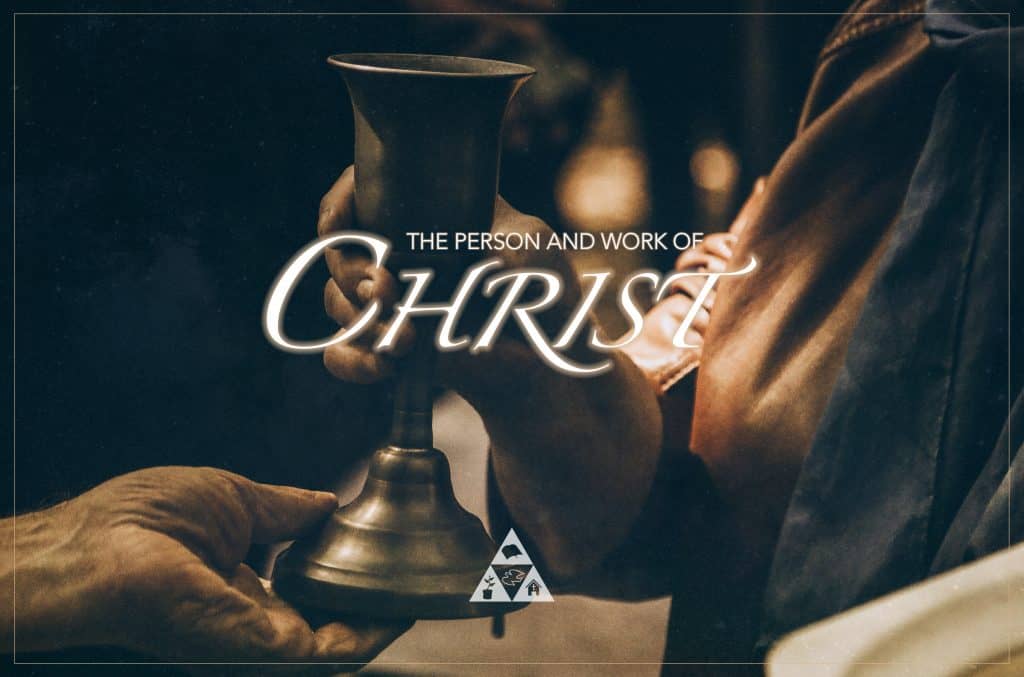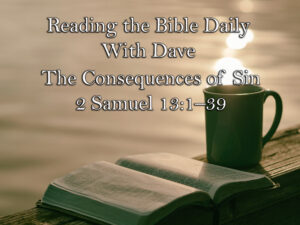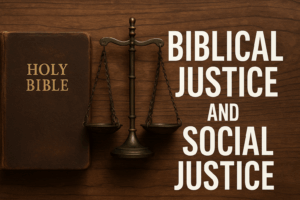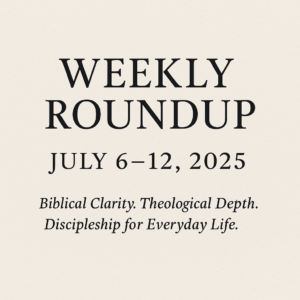⏱️ Estimated Reading Time: 5 min read
Only a single word remained, “Croatoan.” It was all that Governor John White could find of the 115 people (including his own family) he left behind three years earlier in 1587. Roanoke colony had vanished. There were no bodies, no gravesites; even the buildings had all been dismantled and removed. The only clue was that single word carved into a nearby tree. To this day, no evidence as to the fate of the Roanoke colony has ever been found. What happened to England’s first American colony remains an unsolved mystery.
Fortunately for every Christian, what happened to Jesus after he vanished in His Ascension is not a mystery. The Bible tells us exactly what became of him, “So then the Lord Jesus, after he had spoken to them, was taken up into heaven and sat down at the right hand of God” (Mark 16:19). The ascended Lord Jesus took a position of power, glory, and honor seated at the right hand of God. That act is known as Christ’s Session.
Scripture teaches that Christ’s session at the right hand of God was predicted in the Old Testament (Psalm 110) and also testifies that after his death how he would ascend to the throne of heaven bestowed with special status and power (Luke 22:69-70). Scriptural proof is also found first in Christ’s foretelling of it in passages like Matthew 26:64 and Mark 14:62. After the Ascension, the Bible reveals that Christ is now seated at the right hand of God the Father today (Eph. 1:20, Col. 3:1, Heb. 8:1, Heb. 12:2). The Book Revelation clarifies that Christ will still be seated on the throne in future (Rev. 5:1, Rev. 6:16).
Jesus left as a gloried King who defeated death itself and who through His reign and the Holy Spirit is still actively engaged in ruling the earth and building His kingdom. Christ did not retire to heaven in order to rest up for His big return, nor ascend to Heaven as just another heavenly being. J.I Packer explains His session as a “picture not of inactivity but of authority.”[1] The significance of Jesus’ session is found in both in the position He took and the manner in which He took it.
The Session of Christ is more than a ritual, and His position is much more than a figurehead. When Christ sat on the throne, God glorified and honored His name and stature to equip Him. With His human name further exalted, Christ was fully able to rule the universe, “All authority in heaven and on earth has been given to me” (Matt. 28:18). Paul tells the Philippian church, “Therefore God has highly exalted him and bestowed on him the name that is above every name, so that at the name of Jesus every knee should bow, in heaven and on earth and under the earth, and every tongue confess that Jesus Christ is Lord, to the glory of God the Father.”(Phil. 2:9-11) Thomas Watson writes, “In his humiliation he descended so low that it was not fit to go lower; and in his exaltation, he ascended so high that it is not possible to go higher.”[2]. For in the Session, God gave Jesus both the power and the authority to rule over everything and in everything rule perfectly.
The manner in which Christ took His seat was characterized by glory, power, honor, and ultimate rule over creation. Even His name is set above all others – a name not only capable of destroying demonic powers (Mark 16:17) but compelling all creatures to bow (Phil. 2:10) and to garner the pleasure and blessing of God (John 15:16, 21, 23) as Paul explains in Eph. 1:20-21, “that he worked in Christ when He raised him from the dead and seated him at His right hand in the heavenly places, far above all rule and authority and power and dominion, and above every name that is named, not only in this age but also in the one to come.”
Jesus was given these things so that He could properly fulfill the office to which He ascended. The Bible states that Christ is at the right hand of God the Father. As John Calvin explained that the phrase right hand of God means, “that Christ was invested with lordship over heaven and earth, and solemnly entered possession of the government committed to him”[3]. This government of Christ is made of three distinct roles that He uniquely fulfills; Prophet, Priest, and King.
The Westminster Shorter Catechism defines each of the following roles: As a prophet, Christ reveals the will of God to us for our salvation by His word and Spirit. As a priest, Christ offered Himself up once as a sacrifice for us to satisfy divine justice and to reconcile us to God, and He continually intercedes for us. As a king, Christ brings us under His power, rules and defends us, and restrains and conquers all His and all our enemies.[4]
Despite these distinctions, each of these cannot be separated from Christ. That is as Berkhof states, “The result is we cannot sharply discriminate between the different functions in the official work of Christ. The mediatorial work is always a work of the entire person; not a single work can be limited to any of the offices.”[5] The Session of Christ is the divine combination of supremacy, glory, and authority of both the person and the office. Christ is not only given but is made proficient to wield the highest level of power and honor.
[1] J.I. Packer, Concise Theology, Tyndale House Publishers 1993, 129
[2] Thomas Watson, A Body of Modern Divinity, Banner of Truth 1983, 205
[3] John Calvin, Institutes of the Christian Religion Vol. 1, Westminster John Know Press 2006, 2.16.15
[4] WSC ,Q24-26
[5] Louis Berkhof, Systematic Theology, William B. Eerdmans Publishing 1938,357




